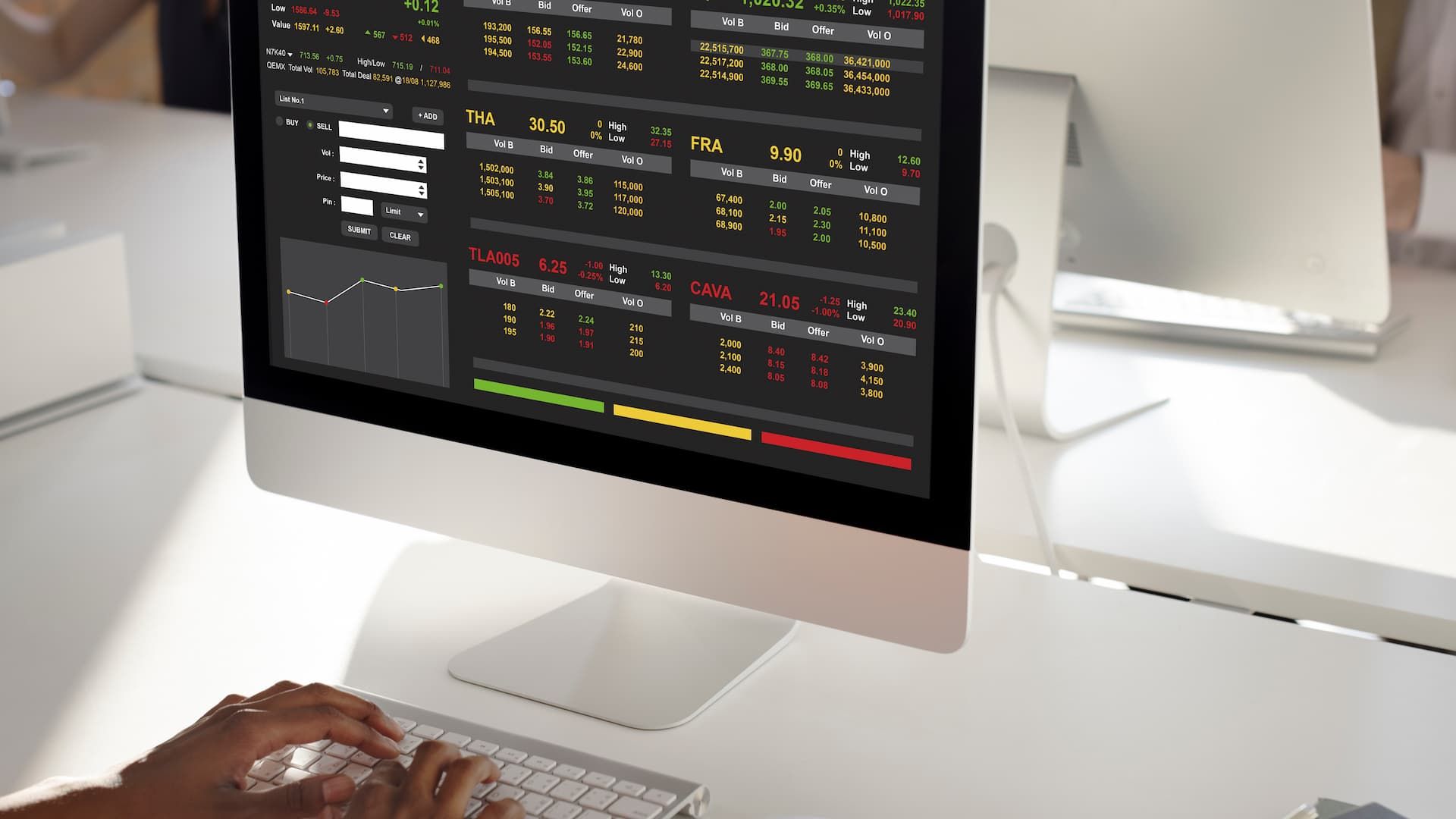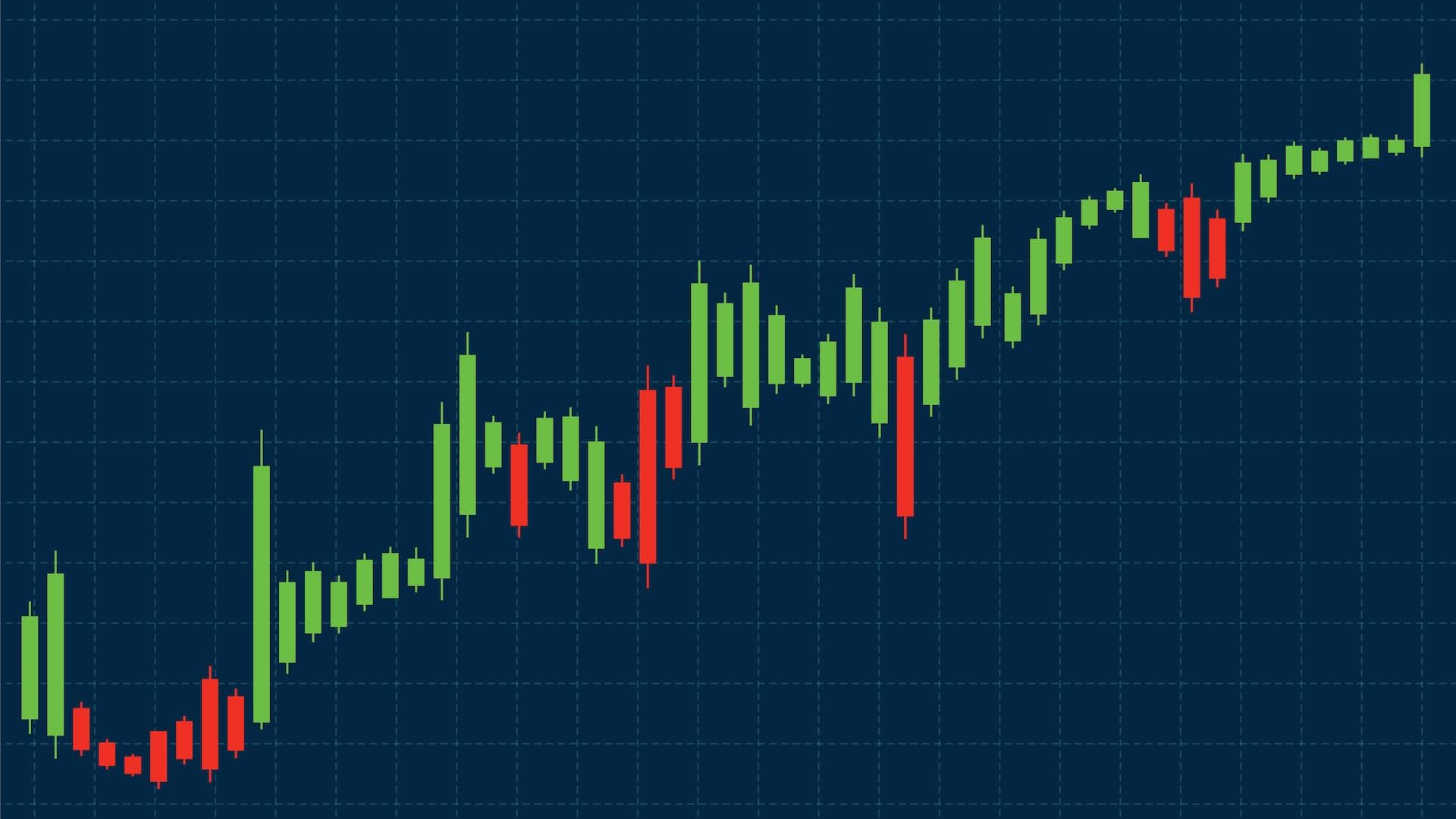Liquidity and market depth may sound like technical jargon, but they are some of the most practical concepts every trader should understand. Whether you are trading forex, stock markets, or CFDs, liquidity directly affects how easily you can buy or sell at the current market price. Market depth refers to the balance of buy and sell orders at different price levels, and a market depth chart helps visualize this information in real time. Together, liquidity providers and market depth simplified can give traders a significant edge in making more informed trading decisions.
If you are trading on a platform like 24Markets.com, you can take advantage of professional-grade order book data, supply and demand dynamics, and tools that allow you to see pending orders across various price points before you place a trade.
The Basics of Liquidity and Market Depth
What are liquidity providers & market depth simplified
Liquidity providers are institutions or market makers that ensure there is sufficient volume for you to open or close a position without creating unnecessary short term price volatility. They quote both bid and ask prices, effectively providing a continuous stream of buy or sell orders.
Market depth refers to the electronic list of all buy and sell orders at different price levels for a particular stock or security. Strong market depth shows high trade volume across multiple levels, while shallow depth means fewer pending orders, making price movements more sensitive to large trades.
Why market liquidity matters for traders
Market liquidity plays a central role in execution quality. In liquid markets, spreads are tight, and your order fills close to the best bid price or lowest price available. In illiquid markets, spreads widen, slippage increases, and costs rise. For day trading or active trading strategies, good market depth and liquidity are essential to avoid losing money to poor fills.
Market depth explained in plain terms
Think of market depth like a snapshot of supply and demand dynamics at a given point in time. Buy orders stack up at different price points below the current price, while sell orders line up above it. If demand outweighs supply, strong buying pressure can lead to price appreciation. If selling pressure dominates, prices may fall quickly. Understanding liquidity and market depth data helps traders anticipate potential price movements rather than reacting too late.
Understanding Market Depth
Key components of market depth
The key components of market depth include:
-
Bid and ask prices: The highest price a buyer will pay and the lowest price a seller will accept.
-
Bid ask spreads: The gap between the best bid price and the lowest ask, reflecting liquidity.
-
Cumulative volume: The total amount of buy or sell orders stacked at various price levels.
These key elements let traders see order flow dynamics in action and adapt their trading strategy to current market conditions.
Bid and ask prices in action
The best bid price is the highest price buyers are offering. The lowest price on the sell side is the best ask. Together, they form the spread. Watching these bids and asks shift provides clues about demand dynamics, market sentiment, and whether large trades may soon move the price.
Bid and ask as indicators of demand and supply
Buy orders (bids) reflect demand; sell orders (asks) represent supply. If there is sufficient volume of bids stacked across different price levels, traders may expect potential support. On the other hand, heavy sell orders at higher price points often act as resistance levels, slowing price appreciation.
Key elements traders should watch
When studying depth data, traders often watch:
-
Sudden changes in order flow, such as large trades added or removed.
-
Clusters of orders at specific price points that may act as barriers.
-
Shifts in cumulative volume showing supply and demand imbalances.
Market Depth Data and Charts
How to read a market depth chart
A market depth chart is a versatile tool that allows traders to see buy or sell orders across different price levels in real time. The x-axis shows price, and the y-axis shows cumulative volume. Buy orders typically display on the left, while sell orders appear on the right. A steep curve on one side signals strong market activity and possible short-term price volatility.
Using market depth data for market analysis
Market depth data gives insights into where market participants expect price to stall or reverse. A large wall of buy orders at a certain price level may serve as potential support, while a cluster of sell orders can create resistance. This allows traders to align their entry points and exit points more effectively.
Depth data vs traditional price charts
While traditional charts show past price movements, depth data provides a forward-looking view of pending orders and market dynamics. Combining both offers traders more informed trading decisions, as they can pair technical analysis with live order book data to anticipate potential price movements.
Market Liquidity in Trading
The link between market liquidity and volatility
Good market depth and high liquidity often reduce market volatility since large trades are absorbed without dramatic price changes. In shallow markets with fewer pending orders, even modest order flow can spark high volatility.
How liquidity providers support smooth trading
Liquidity providers, including major financial institutions and market makers, play a critical role in ensuring consistent trading activity. By continuously quoting buy and sell orders, they create a stable environment allowing traders to transact at a favorable price. Platforms like 24Markets.com connect you directly with leading providers for reliable execution.
Market liquidity and execution quality
Execution quality hinges on liquidity. In markets with strong market depth, trades are filled at the current market price or close to it. Thin liquidity, however, increases slippage and costs. Traders who monitor liquidity alongside technical indicators gain a significant edge in timing their orders.
Practical Uses for Traders
Market analysis with depth data
Depth data helps traders see supply and demand dynamics before they appear on charts. For example, a cluster of buy orders below current price may reveal potential support.
Identifying entry and exit points
By reading order flow dynamics and observing pending orders at various price points, traders can time their entries and exits more effectively. Exiting near strong selling pressure prevents getting caught in reversals.
Day trading strategies using market depth
Day trading often involves reacting to fast shifts in market conditions. Watching order book data and market sentiment in real time allows day traders to capture quick opportunities while avoiding poor entries. With the trading platform at 24Markets.com, traders can access real time data to adapt strategies to actual market activity.
Advanced Perspectives
Comparing liquidity across different markets
Different asset classes offer different levels of liquidity. Forex pairs like EUR/USD show sufficient volume and good market depth, while small-cap stocks or thinly traded securities may lack strong market depth. Adjusting your trading style based on overall market depth is essential.
Challenges with interpreting market depth data
Not all order flow is genuine. Market makers and other participants sometimes place limit orders they later cancel, creating false impressions of supply or demand. That’s why market depth should be used alongside price action and volume analysis.
Combining market depth with other key elements
The most successful trading strategies combine depth data with technical analysis, market sentiment, and risk management. Together, these factors provide more informed trading decisions that adapt to shifting market dynamics.
Final thoughts on market liquidity and depth data
Liquidity and market depth simplified provide critical insights into how the market functions beneath the surface. Understanding liquidity, watching order book data, and interpreting depth charts allow traders to align with market conditions rather than trade blindly.
Building trading confidence with liquidity providers
Strong liquidity providers and transparent depth data help traders build confidence in their trading decisions. On 24Markets.com, you gain access to real time data, deep liquidity pools, and tools for analyzing order flow dynamics. This combination ensures smoother execution, better timing, and greater consistency in your trading day.












